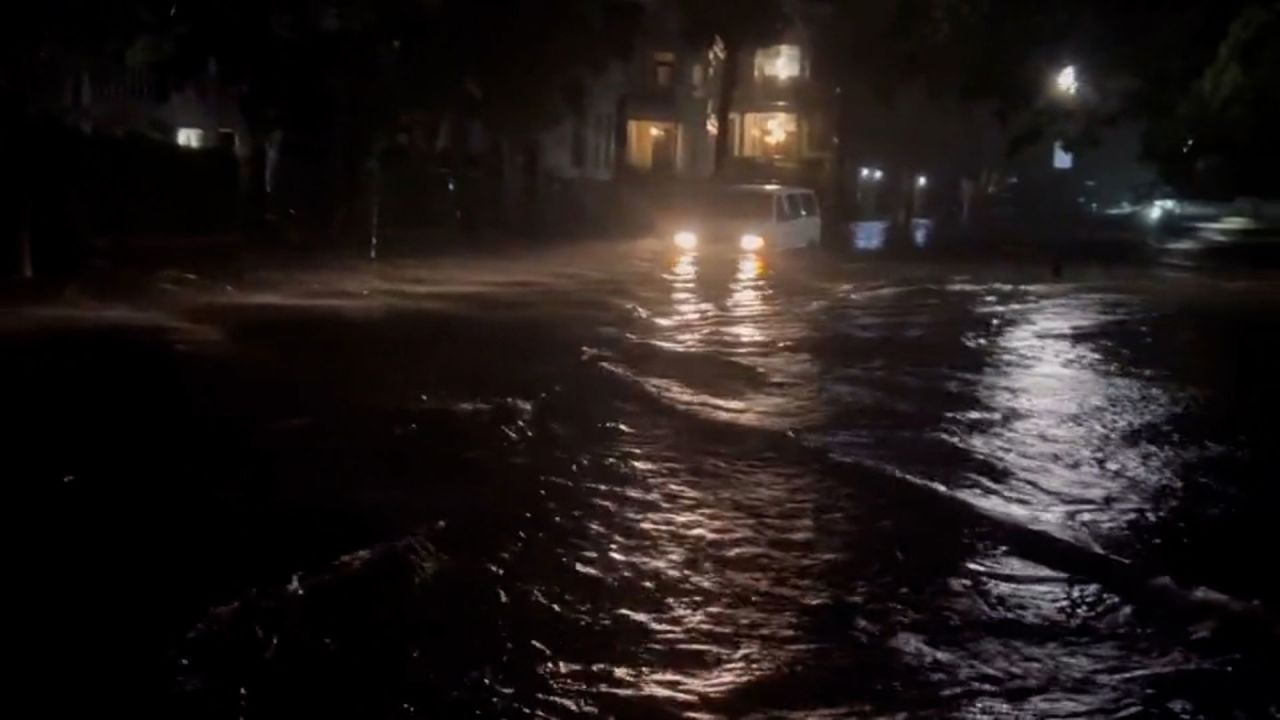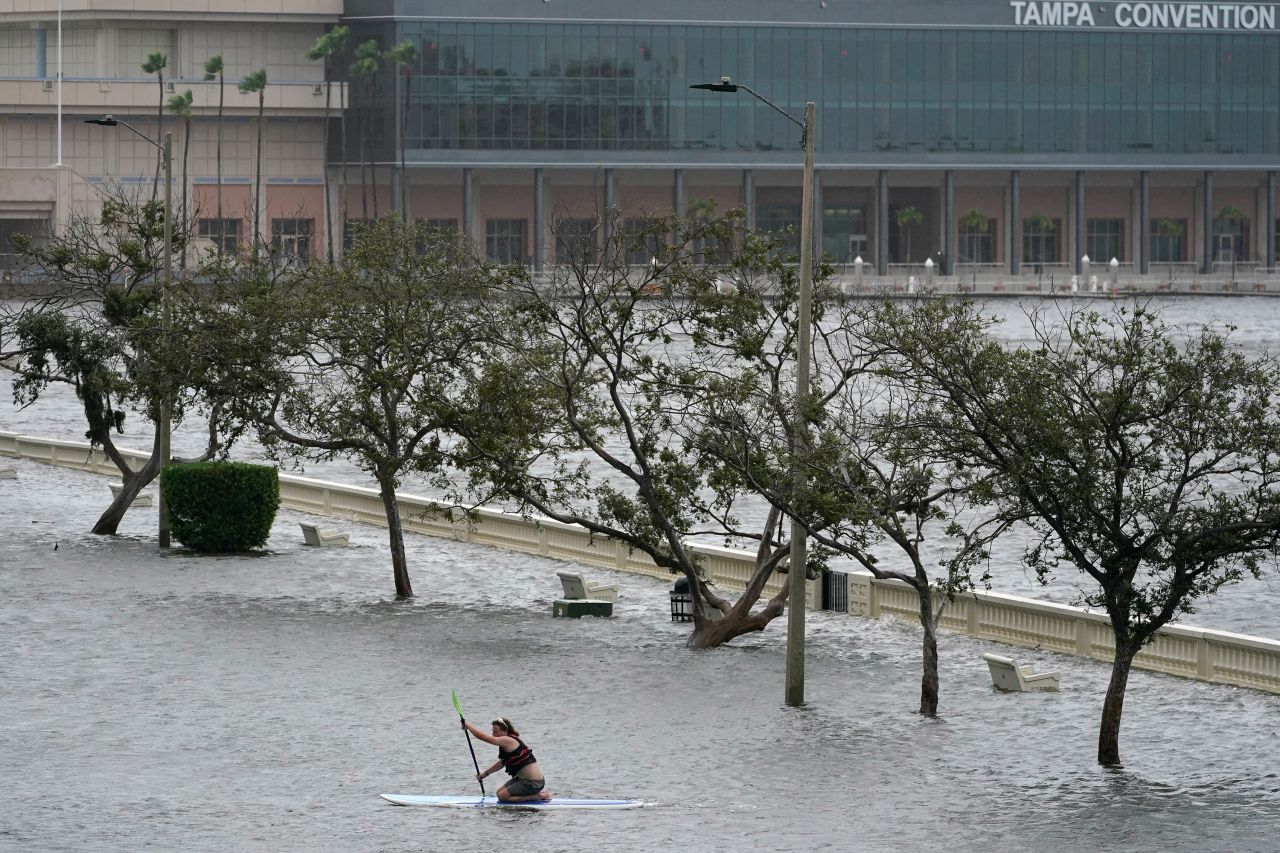Idalia intensified into a powerful Category 4 hurricane early Wednesday and is expected to keep strengthening before touching down in Florida’s Big Bend region later this morning, inflicting severe and life-threatening damage in its wake.
The storm’s impending arrival has triggered evacuation orders across the state’s central Gulf Coast as Idalia threatens to bring perilous flooding, hurricane-force winds and historic storm surge.
“That is storm surge that – if you’re there while that hits – it’s going to be very difficult to survive,” Florida Gov. Ron DeSantis warned Tuesday evening.
After tearing inland through Florida, the storm is on track to march across Georgia, South Carolina and North Carolina before crossing into the Atlantic.
Here’s what you need to know:
Extraordinary storm surge already beginning: Much of the Big Bend area could see a storm surge of between 12 to 16 feet above ground level – high enough to reach the middle of an average building’s second floor. Some areas, including coastal cities near Tampa, are already seeing several feet of water fill the streets, prompting major roadway closures.
Dozens of counties evacuated: Residents of more than 30 counties were ordered to evacuate as the storm approached, the governor’s office said. This included mandatory evacuation orders for almost all of the counties in the state’s Big Bend region, which lies squarely in Idalia’s projected path. A majority of those in the storm’s direct path have heeded the orders, Desantis said.
Some residents have chosen to stay: Despite officials’ urgings that residents evacuate as soon as possible, a handful of people are hunkering down in their homes as the storm approaches. Some told CNN they are worried to leave behind their family business or abandon un-evacuated loved ones, while others said they simply believe they can weather the storm. Gov. Desantis has warned that first responders will not be able to reach those who stayed in evacuation zones until after the storm has passed.
Schools and universities close: More than 40 County School Districts have announced closures, joined by several colleges and universities, including Florida A&M University, the University of Florida and Florida State University.
Travel halted or disrupted: Hundreds of flights have been canceled as Tampa International Airport suspended commercial operations and St. Pete-Clearwater International Airport Terminal building closed Tuesday. State officials are also prepared to shut down bridges if wind speeds become dangerous to drivers, the governor said.
National Guard is deployed: Around 5,500 National Guard troops have been activated to aid after Idalia’s landfall, including assisting search and rescue efforts.
“Unprecedented” storm for some Floridians: A storm of this magnitude hasn’t been seen in Florida’s northern Gulf Coast area since the 1800s, according to the National Weather Service in Tallahassee. “This has the makings of an unprecedented event for this part of the state,” the agency said.
Idalia could arrive in Georgia as a hurricane: Though the storm is expected to weaken after making landfall in Florida, it is likely to still be a hurricane as rips across southern Georgia and advances toward South Carolina later Wednesday, forecasters said.
Follow Idalia’s path with CNN’s storm tracker.


































































